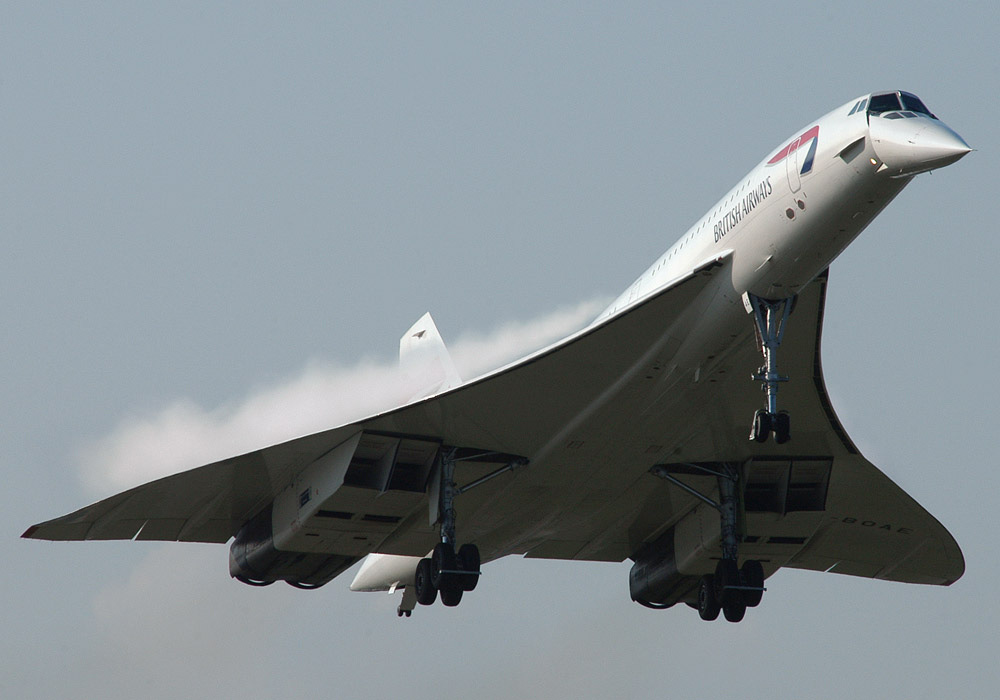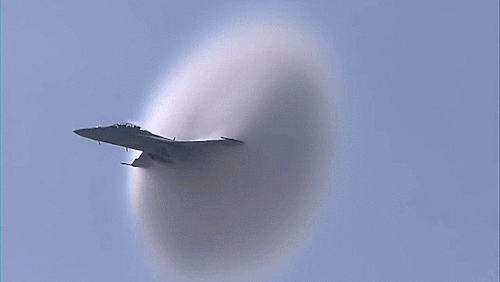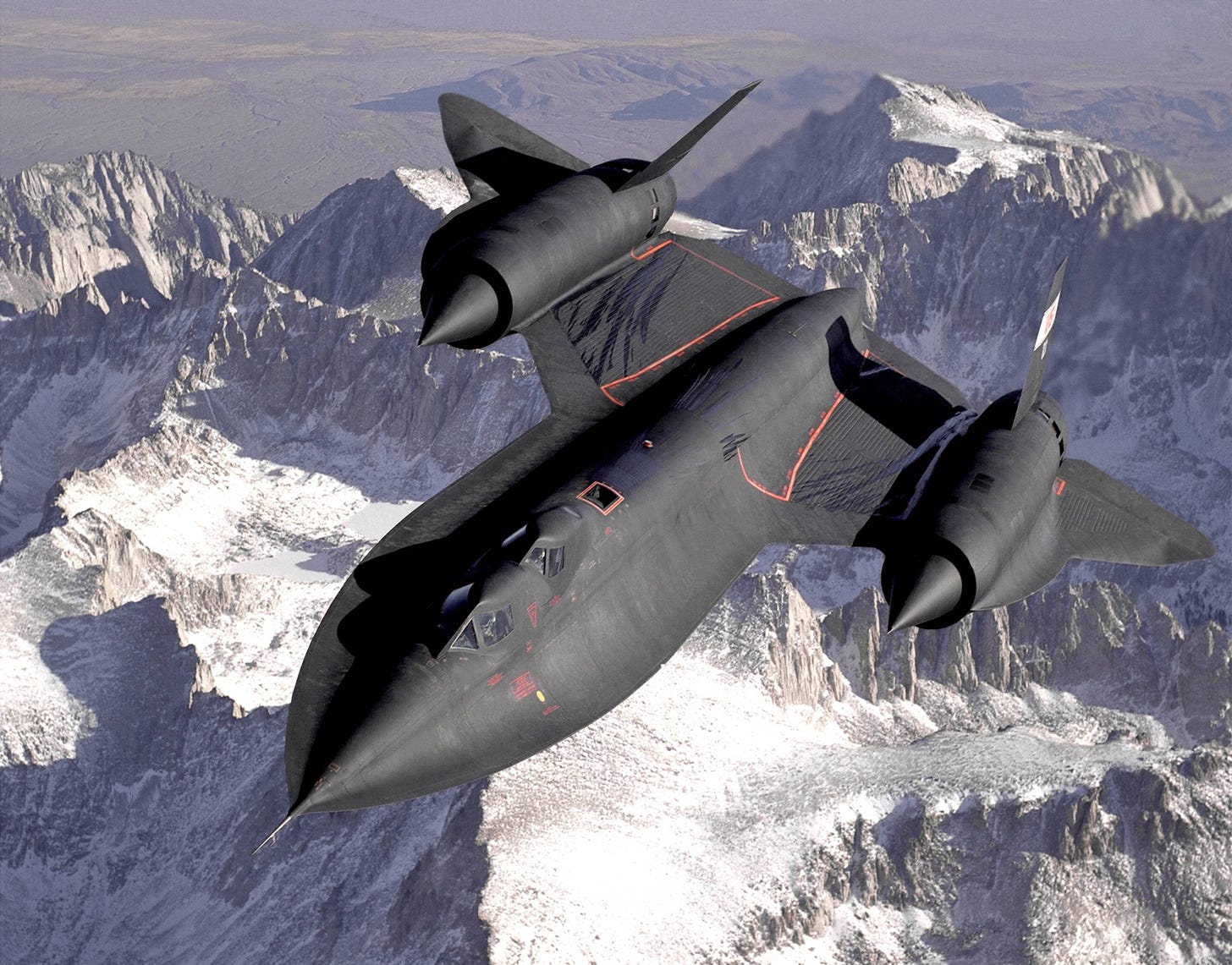Supersonic Jets
Supersonic jets are designed to transport the passengers at speed higher than the speed of the sound(Mach 1). The Concorde made the world’s first supersonic passenger service on January 21, 1976.

When the plane speeds up and breaks the sound barrier, it creates shock waves in the air that hit the ground with a loud and sudden thud a “sonic boom.” Later on, Supersonic civilian flights were banned across the land in the U.S. in the 1970s due to noise produced by aircraft sonic booms.

A Sonic boom causes a large amount of sound energy and sounds like an explosion to the human ear. A sonic boom can break the glass and also kills. Supersonic jets take more consumption of fuel and noise pollution because of sonic booms. The supersonic Concorde jet made its last commercial passenger flight on October 24, 2003, traveling twice the speed of sound(Mach 2), three years after the crash of Air France Flight 4590, in which all passengers and crew were killed.

Since then, the supersonic jets are used as fighter jets. Modern supersonic jets can fly at more than 1600km per hour. They have high rates of climb, excellent manoeuvrability, and substantial firepower, including air to air missiles. Supersonic aircraft have been used almost entirely for research and military purposes. Most supersonic aircraft, including many military fighter aircraft, are designed to spend most of their flight at subsonic speeds, and only exceed the speed of sound for short periods such as when intercepting an enemy aircraft. Now supersonic fighter jets are the most common fighter jets.
An Article By: K Pavani
DISCLAIMER
Shaastra TechShots’ publications contain information, opinions and data that Shaastra TechShots considers to be accurate based on the date of their creation and verified sources available at that time. It does not constitute either a personalized opinion or a general opinion of Shaastra or IIT Madras. The information provided comes from the best sources, however, Shaastra TechShots cannot be held responsible for any errors or omissions that may emerge.



